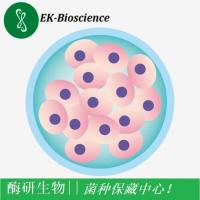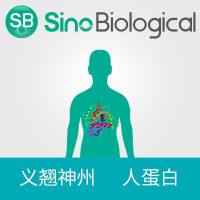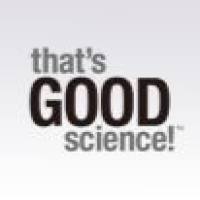Establishing In Vitro Models to Study Endogenous Neurotoxicants
互联网
|
Mutant protein |
Human disease |
Inclusion bodies |
Cells most affected |
Ref. |
|---|---|---|---|---|
|
Amyloid precursor protein |
Alzheimer’s |
Extracellular β-amyloid in plagues, neurofibrillary tangles |
Limbic and association cortices, hippocampus |
1 –4 |
|
Tau |
Frontotemporal dementias Multisystem atrophy |
Paired helical filaments in neurofibrillary tangles |
Frontotemporal cortical neurons |
5 –7 |
|
Presenilin 1 and 2 |
Alzheimer’s |
Amyloid plaques |
Limbic and association cortices, hippocampus |
3 ,4 ,8 –10 |
|
α -Synuclein |
Parkinson’s Lewy body dementia |
Lewy bodies |
Substantia nigra Cortical pyramidal neurons |
6 ,11 |
|
Cu/Zn-superoxide dismutase (SOD-1) |
Chromosome 21-linked amyotrophic lateral sclerosis (ALS) |
Cytoplasmic inclusions |
Upper and motor motor neurons, astrocytes |
12 –15 |
|
High-molecular-weight neurofilament protein (NF-H) |
Rare cases of familial ALS |
Hyaline and keinlike inclusions, Bunina bodies |
Upper and lower motor neurons |
16 |
|
~undefinedHuntingtin |
Huntington’s |
Nuclear and cytoplasmic inclusions |
Striatum, cerebral cortex |
17 –20 |
|
~undefinedAndrogen receptor |
Kennedy’s disease |
Nuclear and cytoplasmic inclusions |
Lower motor neurons, dorsal root ganglia |
18 –22 |
|
~undefinedAtaxin-1 |
Spinocerebellar ataxia (SCA1) |
Eosinophillic spheroids, nuclear inclusion body |
Cerebellar Purkinje, dentate nucleus, brainstem |
18 –20 ,23 |
|
~undefinedAtaxin-2 |
SCA2 |
Increased mutant protein, but no inclusions |
Cerebellar Purkinje, brain-stem, fronto- temporal lobes |
18 –20 , 24 –26 |
|
~undefinedAtaxin-3 |
SCA3 / Machado-Joseph disease |
Nuclear inclusions |
Cerebellar dentate neurons, basal ganglia, brainstem, spinal cord |
18 –20 , 27 |
|
8α1A -subunit of voltage-dependent calcum channel |
SCA6 |
Cytoplasmic inclusions |
Cerebellar Purkinje and Granule neurons, dentate nucleus, inferior olive |
18 –20 , 28 ,29 |
|
~undefinedAtaxin-7 |
SCA7 |
Nuclear inclusion |
Cerebellum, brainstem, macula, visual cortex |
18 –20 , 30 |
|
~undefinedAtrophin-1 |
Dentorubropallidoluysianatrophy |
Nuclear inclusion |
Cerebellum, cerebral cortex, basal ganglia |
18 –20 , 31 ,32 |
|
~undefined *Poly(A)binding protein 2 |
Oculopharyngeal dystrophy |
Nuclear inclusion |
Skeletal muscle |
33 |
|
Neuroserpin |
Familial dementia/progressive myoclonus epilepsy |
Collins bodies |
Cortical neurons, subcortical nuclei |
34 –36 |
|
Prion protein |
Creutzfeld-Jacob (CJD), Gerstmann-St�ussler-Scheinker disease |
PrPSc deposition in plaques |
Cortex, basal ganglia Cerebellum, cerebrum, brainstem |
2 ,37 – 39 |
|
Fatal familial insomnia |
Kuru |
Multiple |
Cerebellum, cerebrum, brainstem |
|
|
PMP22, P0 |
Charcot-Marie-Tooth |
Accumulation in endoplasmic reticulum |
Schwann cells |
40 –44 |









